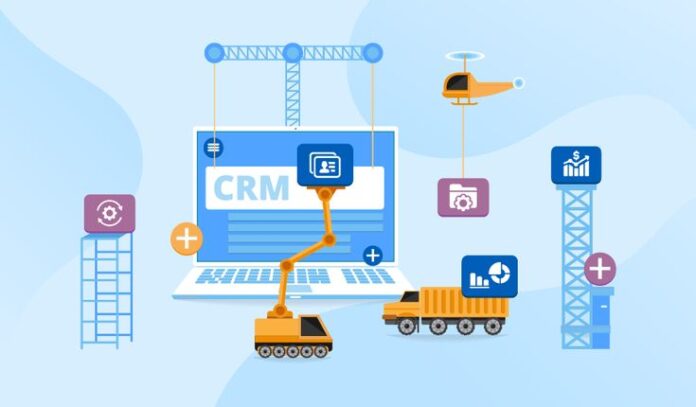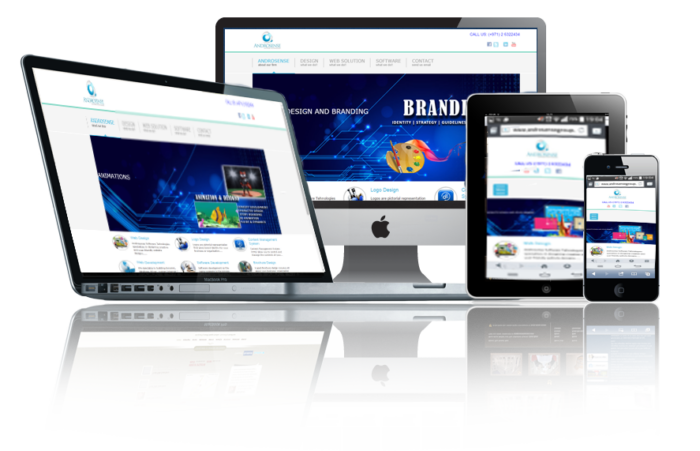
Customer Relationship Management (CRM) software has become an essential tool for businesses of all sizes to manage their customer interactions effectively. With the increasing demand for CRM software, developers must follow best practices to ensure the successful development and implementation of CRM solutions. This article explores the key best practices in CRM software development, focusing on various aspects such as planning, design, development, testing, and deployment.
1. Planning
The first step in CRM software development is thorough planning. Developers should work closely with stakeholders to understand their specific business requirements, goals, and objectives. In order to ensure the software truly meets the needs of the business, this collaboration is vital. By engaging key decision-makers and users early on, developers can gain insights that might otherwise be overlooked.
This involves conducting a detailed analysis of the existing processes and systems, identifying pain points, and setting clear goals for the CRM solution. By assessing the current environment, developers can pinpoint areas that require attention and ensure that the new system addresses these effectively. The planning phase should also include defining the scope, timeline, and budget for the project. Additionally, it’s essential to consider potential risks, ensuring there’s a contingency plan in place, and setting milestones to monitor progress throughout the development process.
2. Design

The design phase plays a crucial role in the success of a CRM software development project. It involves creating a user-centric interface that is intuitive, visually appealing, and aligns with the organization’s branding. The design should prioritize user experience, ensuring that users can easily navigate through the software, access important features, and complete tasks with minimal effort.
In addition to aesthetics, it’s essential that the design addresses functional requirements and ensures data integrity and security. This means considering how data will flow through the system, integrating necessary tools, and including safeguards to protect sensitive information. Attention to detail in the design phase not only results in a more effective CRM but also reduces the likelihood of costly modifications or redesigns later on.
The design should focus on providing a seamless user experience, ensuring easy navigation, and incorporating essential features such as contact management, lead tracking, and reporting. Collaboration between designers and CRM software development company is key to ensuring that the design is practical and can be implemented effectively.
3. Development
During the development phase, developers should follow industry best practices to ensure the creation of a robust and scalable CRM software solution. This includes adopting an agile development approach, breaking down the project into smaller sprints, and continuously collaborating with stakeholders to gather feedback and make necessary adjustments. Developers should also prioritize security measures, such as data encryption and user authentication, to protect sensitive customer information.
4. Integration
CRM software often needs to integrate with other existing systems within an organization, such as ERP, marketing automation, or e-commerce platforms. The seamless integration between these systems is crucial for the effective flow of data and ensuring a unified view of the customer. Developers should follow standardized integration protocols and leverage APIs to enable smooth data synchronization and real-time updates.
5. Testing

Thorough testing is essential to validate the functionality, performance, and usability of the CRM software. To guarantee a smooth user experience, developers should conduct both manual and automated testing. This not only helps in identifying but also rectifying any bugs or issues that may arise during the development process.
This includes testing different scenarios, workflows, and user roles to ensure that the CRM software meets the requirements defined during the planning phase. It’s imperative to replicate real-world conditions. Additionally, load testing should be performed to assess the system’s performance under heavy user traffic, ensuring that it remains responsive and efficient even during peak usage periods.
6. User Training and Support
Once the CRM software is developed and tested, it is crucial to provide comprehensive user training and ongoing support to ensure its successful adoption. Developers should create user-friendly documentation that breaks down complex processes into easy-to-understand steps. They should also conduct training sessions to familiarize users with the features and functionality of the CRM software, ensuring they can maximize its benefits.
Interactive tutorials or webinars can further enhance the learning experience. Additionally, a dedicated support team should be available to address any queries or issues that users may encounter. This team must be well-trained and equipped with the necessary resources to provide timely and effective solutions.
7. Continuous Improvement
CRM software development is an ongoing process that requires continuous improvement and updates. Developers should actively seek feedback from users and stakeholders to identify areas for enhancement and new feature requirements. Regular software updates and bug fixes should be provided to ensure the CRM software remains up-to-date and addresses evolving business needs.
8. Mobile Optimization

In today’s mobile-driven world, CRM software must be optimized for mobile devices. Developers should ensure that the CRM software is responsive and provides a seamless user experience across various devices and screen sizes. Mobile apps or a mobile-friendly web interface can enhance productivity by using full-stack development services and enable access to CRM data on the go.
9. Data Security and Privacy
Data security and privacy are paramount in CRM software development. Developers should implement robust security measures, such as encryption, access controls, and data backups, to protect customer information from unauthorized access and ensure compliance with data protection regulations.
10. Customization and Scalability
CRM software should be customizable to meet the unique needs of different businesses. Developers should create a flexible architecture that allows for easy customization and scalability as the organization grows or changes its processes. This includes providing options for adding or modifying modules, fields, and workflows.
Conclusion
CRM software development requires adherence to best practices at every stage of the process to ensure the successful implementation of a robust and efficient CRM solution. From thorough planning and design to development, testing, and ongoing support, following these best practices will help businesses maximize the benefits of CRM software and enhance their customer relationship management capabilities. By embracing these practices, organizations can streamline their operations, improve customer satisfaction, and drive long-term business growth.
















